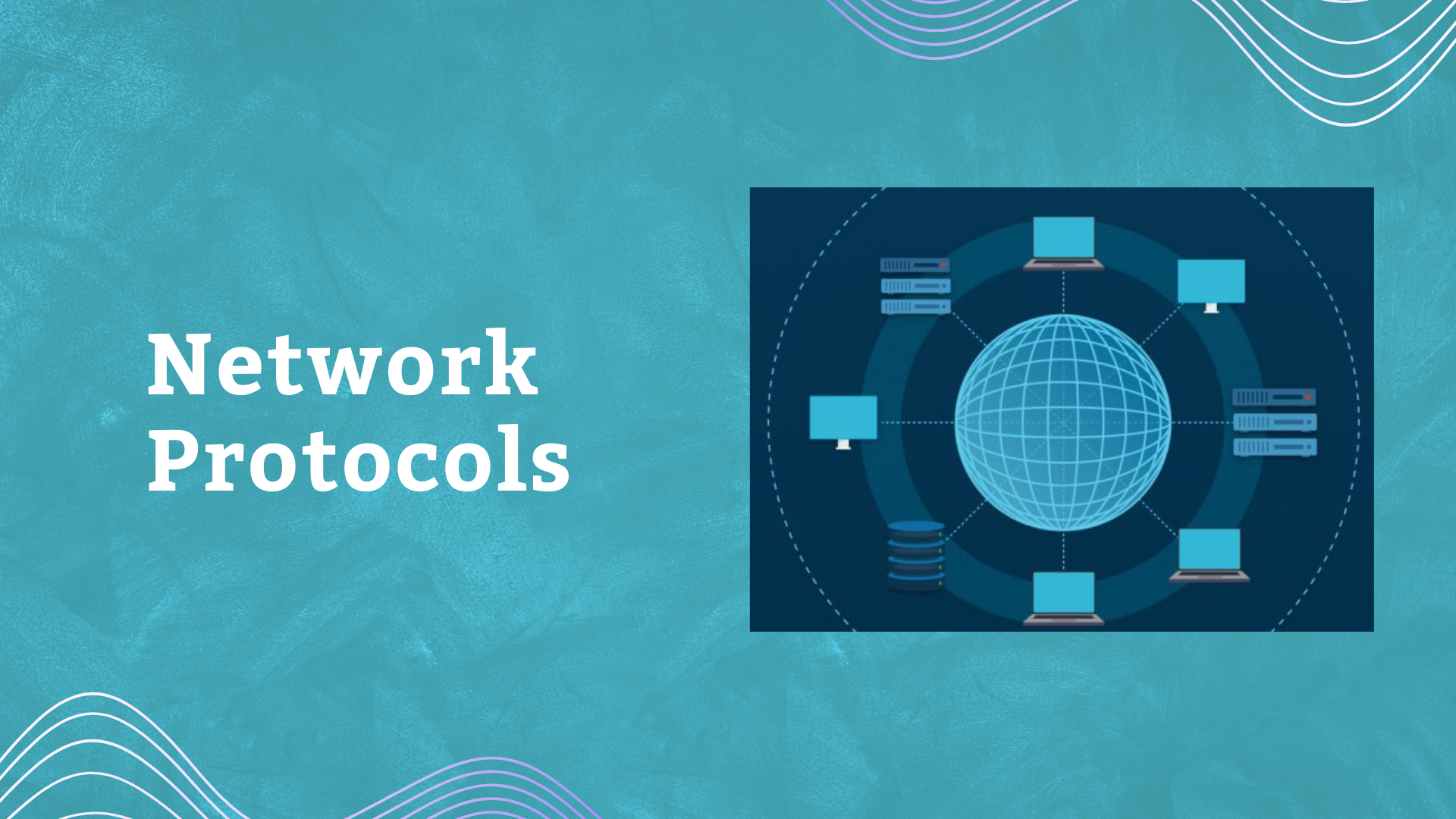Network Protocols
Network protocols are sets of rules and conventions governing communication between devices over a network. They define how data is formatted, transmitted, received, and interpreted. These protocols enable devices to communicate with each other, regardless of their hardware, operating systems, or physical distance. Here are some commonly used network protocols:
- Transmission Control Protocol (TCP): TCP is a connection-oriented protocol that provides reliable, ordered, and error-checked delivery of data packets between devices. It ensures that data transmitted over the network arrives intact and in the correct order.
- Internet Protocol (IP): IP is a fundamental protocol responsible for addressing and routing packets across networks. It provides the framework for delivering data packets from the source to the destination device.
- User Datagram Protocol (UDP): UDP is a connectionless protocol that offers a simpler, less reliable way of transmitting data compared to TCP. It is commonly used for real-time applications such as streaming media or online gaming where speed is prioritized over reliability.
- Hypertext Transfer Protocol (HTTP): HTTP is an application layer protocol used for transferring hypertext documents, such as web pages, between clients (web browsers) and servers. It follows a client-server model, where clients send requests to servers, and servers respond with the requested resources.
- Hypertext Transfer Protocol Secure (HTTPS): HTTPS is the secure version of HTTP, which uses encryption to secure data transmission between clients and servers. It adds a layer of security by encrypting the data exchanged, protecting it from eavesdropping and tampering.
- File Transfer Protocol (FTP): FTP is a standard network protocol used for transferring files between a client and a server on a computer network. It allows users to upload, download, and manage files on remote servers.
- Simple Mail Transfer Protocol (SMTP): SMTP is an email transmission protocol used for sending outgoing mail from an email client to a mail server or between mail servers. It defines how email messages should be formatted and transmitted over the internet.
- Post Office Protocol version 3 (POP3): POP3 is an email retrieval protocol that allows email clients to retrieve messages from a mail server. It typically downloads messages to the client’s device and deletes them from the server, although there are options to keep copies on the server.
- Internet Message Access Protocol (IMAP): IMAP is another email retrieval protocol that allows email clients to access messages stored on a remote mail server. Unlike POP3, IMAP keeps messages on the server and synchronizes changes between the server and the client, allowing for access from multiple devices.
These are just a few examples of network protocols, and there are many more protocols used for various purposes in computer networking.

